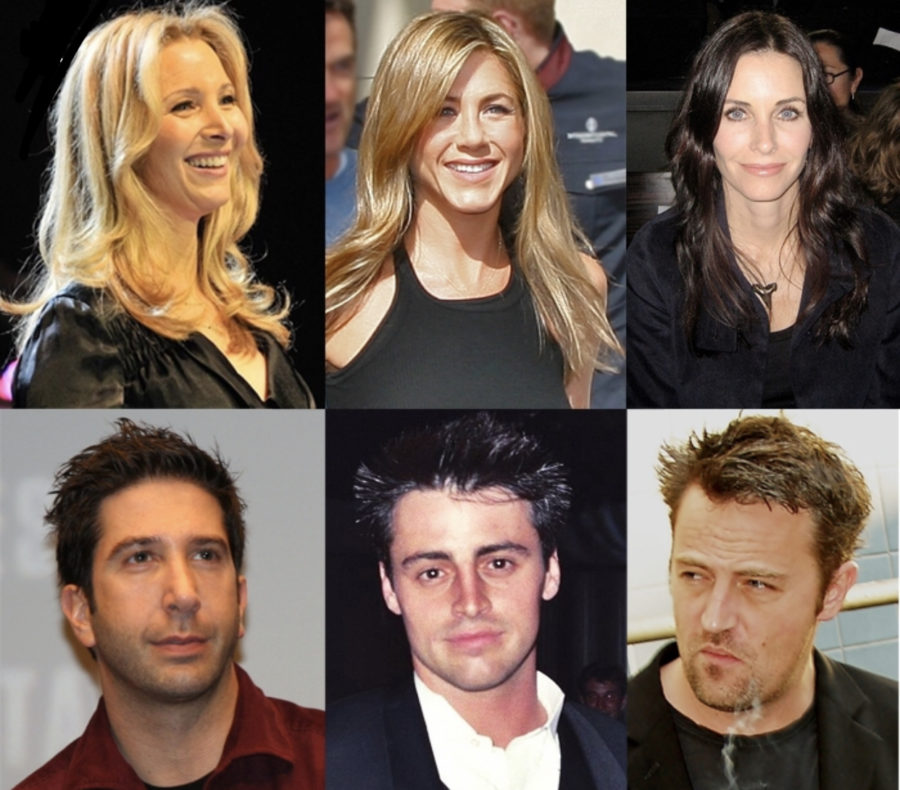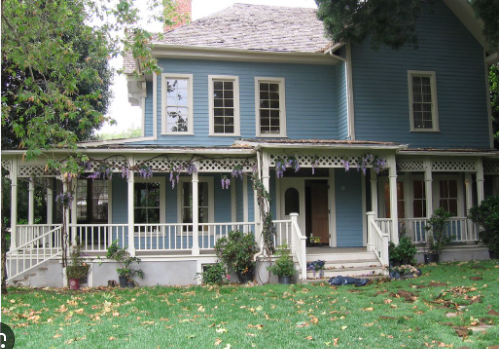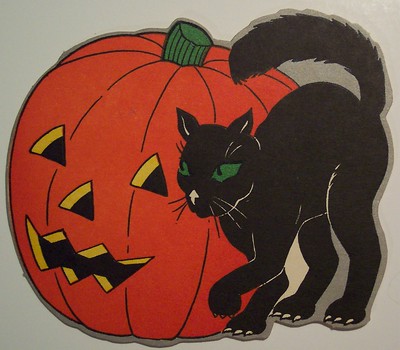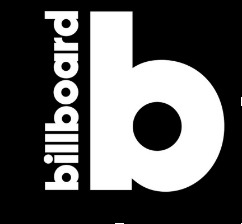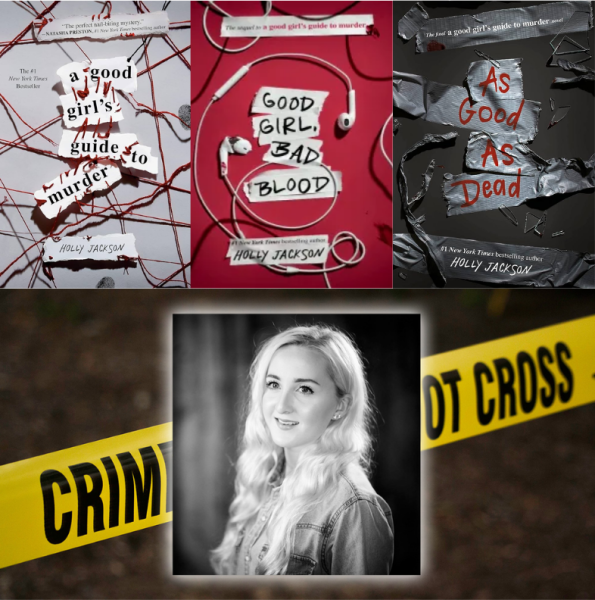Women in TV: How their portrayal has changed over time
January 14, 2019
Rachel Green. Monica Geller. Diane Chambers. Rebecca Howe. Pam Beesly.
All of the aforementioned women are known in TV show history for their looks and character in their respective projects.
As much as we love these TV shows, we have to acknowledge the problems, specifically in the way they show women. However, it is getting better. We now have characters in movies like Katniss Everdeen and princesses in the newer Disney movies, but there still isn’t a lot of strong female representation in TV shows.
Rachel Green was well known for her topsy-turvy relationship with Ross Geller. Monica Geller was known for her spontaneous relationship with Chandler Bing.
Diane Chambers and Rebecca Howe were both known for their relationship Sam Malone.
Pam Beesly was known for her eventual relationship with Jim Halpert.
All of these women had accomplishments of their own, and yet most of what we see and know are the names of their partners. Rachel Green was a was a great character. She had plenty of admirable qualities. She was beautiful and a fashion icon of her time, and yet when you hear her name, Ross Geller is usually attached to it.
People also tend to make fun of her intelligence, because she was sometimes ditzy and seen as a dumber member of the 6 main characters.
Monica Geller, also from “Friends”, was a talented chef and a great, supportive friend to Rachel, but what people remember most about her was her OCD and her relationship with Chandler Bing.
Diane Chambers, one of the main characters from the sitcom “Cheers”, was intelligent and a good worker, but often when people think of her, they remember her know-it-all tendencies and her almost marriage to Sam Malone, until she left the show.
Then Rebecca Howe showed up – a funny, romantic overachiever, and yet most people remember the neurotic and loser-like aspects of her personality and her eventual (short-lived) relationship with Sam Malone.
Even Pam Beesly, one of the main female characters in ¨The Office¨, had her achievements overshadowed by the Jim/Pam buildup and relationship.
“I feel that women’s portrayal in TV shows is very focused on relationships, sex, looks, etc. It should be more focused on the development of their personality, their personal growth, their friendships, and their personal ambitions. Instead TV tends to care more about how they dress and who they are hooking up with. Men tend to be the ones who get the development of their character portrayed more,” said sophomore Ellie Kauffman.
In the newer TV shows, there are still good amounts of relationships overshadowing women. For instance, in the show “Riverdale,” Veronica Lodge spends a large amount of the second season and a little bit in the third on Archie. She doesn’t spend enough time doing things to help her friends. It took her boyfriend breaking up with her to do something for herself. Betty Cooper, one of the heroines of the show, often has her struggle with mental health issues overshadowed by her boyfriend and their relationships, and in episodes when they don’t spend a of of time together, the episode isn’t as good as one with them together, according to many viewers.
Margareta Stern, a sophomore at the iSchool, said, “Furthermore, the conflict for female characters is usually centered around a man or involving friendship issues. While male characters find conflict(s) within themselves, something that maybe threatens their masculinity. There’s also a more institutional stereotype for women, then there is for men which restricts the differentiation between female characters in shows.”
Disney princess movies used to all have a similar plot, damsel in distress, and the prince saves her. We didn’t see character development, unless the development was hating the prince to loving him. But in the new ¨Beauty and the Beast¨, they changed and gave Belle an arc. Instead of having the Disney equivalent of Stockholm Syndrome, she saw another side to the Beast, and understood him.
Then there is the problem of women settling. In the end of ¨Friends¨, Rachel has a job offer to go Paris and work for Louis Vuitton. This would be any true fashion lover’s dream job, and the writers had her give it up for Ross.
In an article in Flare magazine, Andrea Chiu wrote, “I wanted Ross and Rachel to be together—but I had expected/hoped that Ross would move to Paris, too. He had just received tenure at his university, after all, and likely could have taken a sabbatical. As the final episode faded to black, I couldn’t help wondering if 2017 Rachel has regrets. What might her life look like now had she made it to Paris?”
In many TV shows with a up-and-down relationship like that, women make more sacrifices than men do. Like Chiu said, Ross had tenure. He could have gone to Paris with Rachel to pursue her dream.
Earlier in the show, when Ross and Rachel were together, Ross was upset with Rachel’s devotion to her job, and he made her uncomfortable with his jealousy and need to be with her. Why wasn’t that addressed more? It was made into Rachel’s fault, because she was working too hard, and her boyfriend couldn’t handle that.
Fans of the show might disagree, but Ross and Rachel had a fairly toxic relationship, and something that really hurt Rachel was a long-running joke. The “we were on a break” gag was always frustrating. It doesn’t matter that Rachel said she needed them to to a break from each other. What mattered was the fact that Ross, though they were broken up, didn’t take full accountability for his actions. Furthermore, it was painted to make Rachel look like the bad guy, when she was the one who was hurt in the first place with Ross’s obsessive jealousy.
“When Rachel lands a job at Bloomingdale’s and starts to feel fulfilled professionally and personally, Ross decides to make her feel guilty for her success and accuses her of “not having enough time for him,” Beatriz Serrano, a Buzzfeed author, wrote.
Women are often seen not as important characters but as plot points. They are treated terribly throughout their story, and are usually just used as a love interest for a male character. And when women speak out against it, people retaliate with accusations of being sexist, but in reality, seeing a woman beaten on screen is just a way for a male writer/director to seem ‘feminist’.
Ruby Swords, a sophomore, said, “ Women are beaten, battered, abused, and assaulted in media in the guise on being ‘feminist’ or ’empowered’, when it’s really just because the audience enjoys seeing women in peril.”
Women in TV are still not being portrayed as well, but it is better then it was 20 years ago. In the Archie Comics, Betty and Veronica were constantly backstabbing each other for a boy, but in the adapted show “Riverdale”, Betty and Veronica are different. They aren’t being catty and fighting; they are supporting each other.
In TV shows 20 years ago, girls were often fighting over men. But women don’t act that way in real life, and even though TV isn’t like real life, it doesn’t make sense why they need girls to lower themselves to fighting over a boy.
Real girls should have role models that are portrayed the way real women are. Real women have good relationships and have layers to their personality. So why can’t we see more of that in media?


